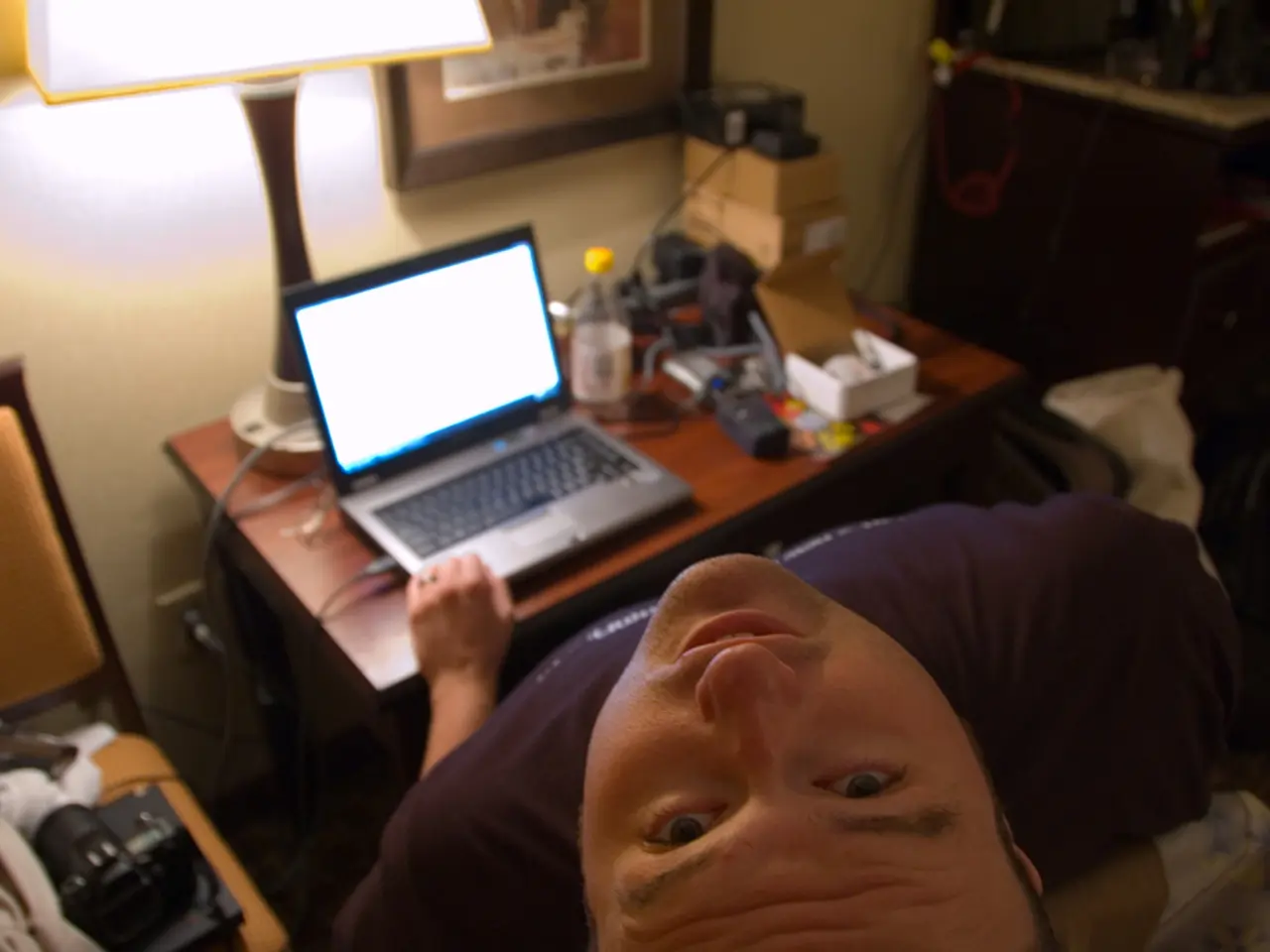HR Directors Turn to Judgmental Forecasting for Accurate Staffing Needs
HR directors and resource planners are employing judgment forecasting to predict future staffing needs. This method combines human expertise with quantitative techniques, offering a balanced approach to workforce planning.
Judgment forecasting relies on HR professionals and management to assess past and present data, along with their expert insights. They consider various factors such as projected business growth, turnover rates, process changes, productivity trends, and skill requirements.
In contrast, predictive analytics models like statistical models, machine learning algorithms (including regression, decision trees, random forests, support vector machines), and deep learning methods (such as RNNs and LSTMs) are also used to forecast future stable deployments. Modern architectures like Transformers capture complex dependencies in time series data to improve accuracy.
There are two main approaches to judgment forecasting: top-down and bottom-up. The top-down approach begins with high-level estimates from senior management, which are then broken down by department or function. Conversely, the bottom-up approach involves line managers and department heads forecasting their own staffing needs.
Judgment forecasting, when combined with quantitative techniques, provides a robust method for HR directors and resource planners to predict future staffing requirements. By considering various factors and employing different approaches, they can make informed decisions to meet business needs and maintain a skilled workforce.





